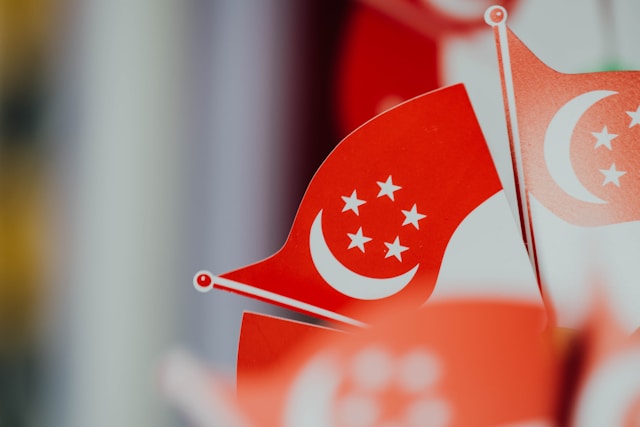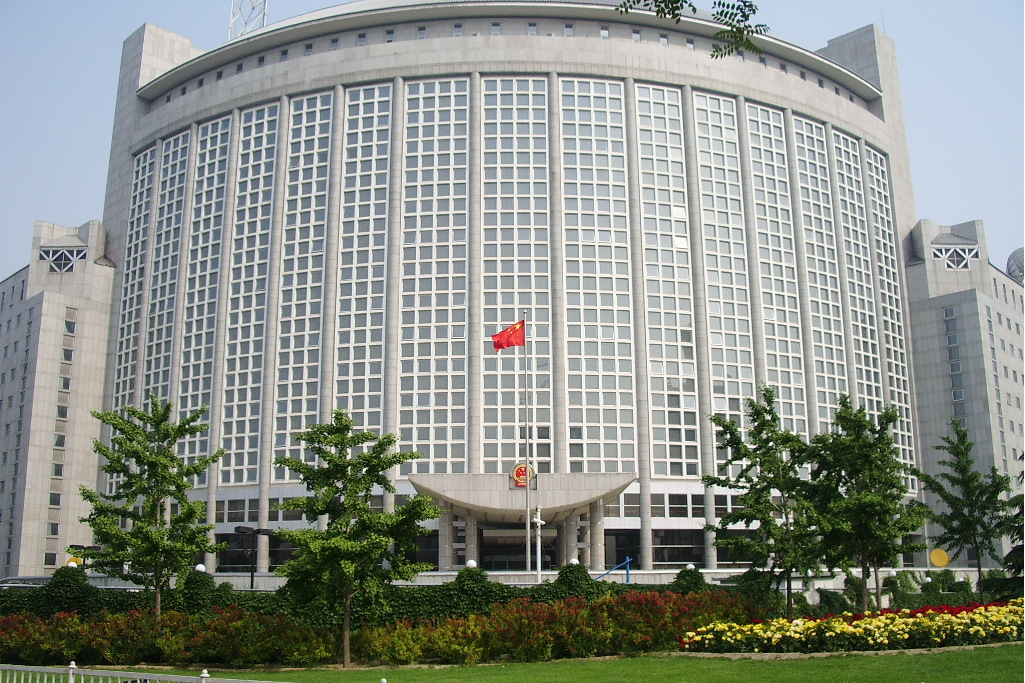
On 15 July 2022, China’s Supreme People’s Court (SPC) released the “Provisions on Several Issues Concerning the Application of Law in Handling Cases on Personal Protection Orders” (关于办理人身安全保护令案件适用法律若干问题的规定, hereinafter referred to as the “Provisions”), which came into force on 1 Aug. 2022.
The Provisions details China’s regulations on the personal protection order (PPO), which are included in the 2016 Anti-Domestic Violence Law (反家庭暴力法).
The PPO mechanism was first established in the Anti-Domestic Violence Law. By 31 Dec. 2021, Chinese courts had issued 10,917 PPOs. The SPC promulgated the Provisions to develop standard norms for the courts to issue PPOs.
According to the Provisions, interested parties can apply to the people’s courts for PPOs when:
(1) The party is suffering from or threatened by “domestic violence” (as defined by Article 2 of the Anti-Domestic Violence Law); or
(2) The party is mentally or physically tortured by family members, such as being deprived of food or clothing, or is frequently insulted, slandered, threatened, stalked, harassed, or otherwise (these behaviors shall also be deemed as “domestic violence”).
The court can issue a PPO to implement the following measures:
(1) prohibiting the respondent from committing domestic violence;
(2) prohibiting the respondent from harassing, stalking, or contacting the applicant and their close relatives;
(3) compelling the respondent to move out of the applicant’s domicile;
(4) prohibiting the respondent from insulting, slandering, or threatening the applicant and their close relatives by any means of communication; and
(5) prohibiting the respondent from engaging in any activity that may affect the applicant and their close relatives within a certain range of the places frequented by the applicant and their close relatives.
Cover Photo by Elijah Chen on Unsplash
Contributors: CJO Staff Contributors Team








